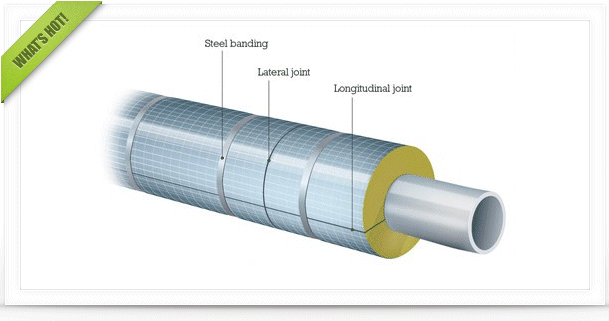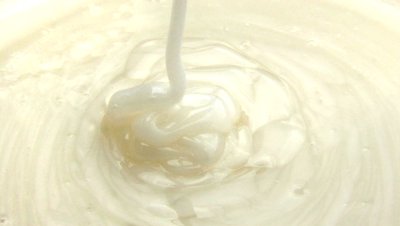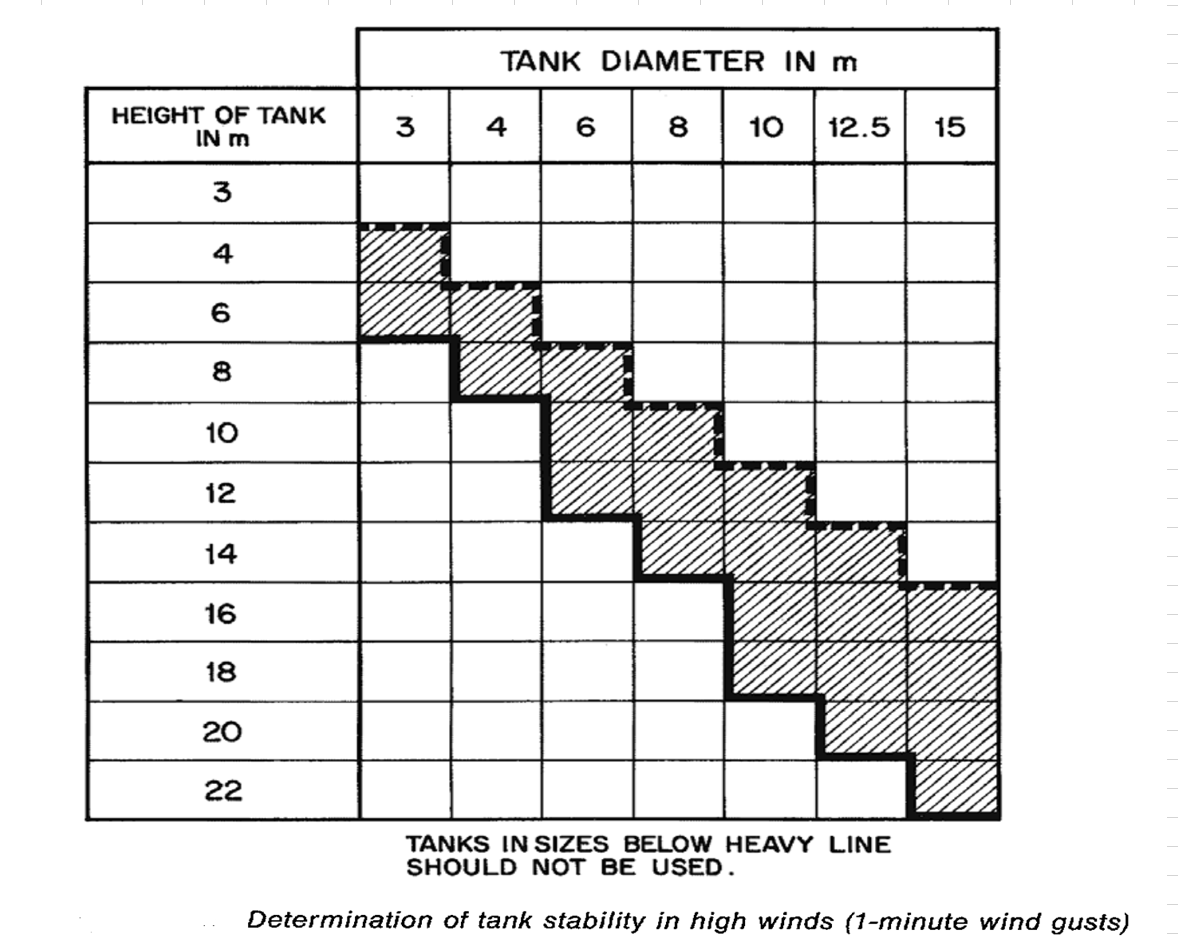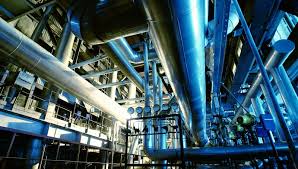I am trying to understand why the optimizer tool converged to a lower objective function value. The simulation yielded lower feed flow rates for natural gas and high pressure steam while producing the same methanol production rate. As a result, the compression, heating, and cooling requirements were lowered. In the base case,natural gas contributed to 78 % the total operating cost.
The steam/methane ratio in the steam reformer feed, temperature of steam methane reforming, process operating pressure of the mixed stream, methane conversion rate in the reformer, and hydrogen conversion rate in the methanol reactor are set as independents.
Steam reforming is an endothermic reaction, so we would expect reforming achieves higher conversion rates at elevated temperatures as heat favours production formation. However, at higher pressure the equilibrium shift towards the reactants reducing methane conversion. The optimizer converged to a solution with a higher methane conversion (0.79) compared to the base case (0.72) for a higher temperature (870 C vs 850 C) and higher pressure (34.256 bar vs 29.5 bar).
Methanol synthesis reaction is favored at low temperature and high pressures. However, the optimized case resulted in both higher pressure and higher temperature with a higher hydrogen conversion (0.60 vs 0.52). Why has the amount of NG and steam reduced while maintaining the same methanol production rate?
My though process is that we want a composition of hydrogen, carbon dioxide, carbon monoxide in the feed to the methanol reactor that increases the single pass conversion for hydrogen producing the same methanol production rate while decreasing natural gas consumption.
The steam-to-methane ratio in the steam reformer feed, the steam methane reforming temperature, the process operating pressure of the mixed stream, the methane conversion rate in the reformer, and the hydrogen conversion rate in the methanol reactor are set as independent variables.
Edited by Dumpmeadrenaline, 17 February 2025 - 11:36 AM.

 FB
FB













